Introduction
The Mid-Autumn Festival, a cherished tradition in East Asian cultures, is synonymous with the glow of lanterns, the warmth of family reunions, and the indulgence of mooncakes. Among the myriad varieties of this iconic pastry, the pure lotus seed paste mooncake (纯莲蓉月饼) stands as a timeless favorite. Its delicate balance of sweet, smooth lotus filling and buttery, flaky crust has captivated palates for centuries. Yet, for home bakers and culinary enthusiasts alike, achieving the ideal texture and flavor hinges on one critical question: How long should pure lotus seed paste mooncakes be baked? This article delves into the science, techniques, and nuances of baking these treasures to perfection, ensuring every bite embodies tradition and precision.
The Anatomy of a Pure Lotus Seed Paste Mooncake
Before addressing baking times, it is essential to understand the components of this delicate pastry. A pure lotus seed paste mooncake comprises two primary elements: the filling and the dough.
-
The Filling:
Crafted from dried lotus seeds, sugar, and oil, the filling undergoes a meticulous process. The lotus seeds are soaked, dehulled, cooked until tender, and blended into a smooth paste. This paste is then cooked with sugar and oil until it reaches a thick, pliable consistency. The absence of additives like salted egg yolks or mixed nuts in “pure” lotus varieties places even greater emphasis on the filling’s texture—too dry, and it crumbles; too moist, and the mooncake becomes soggy.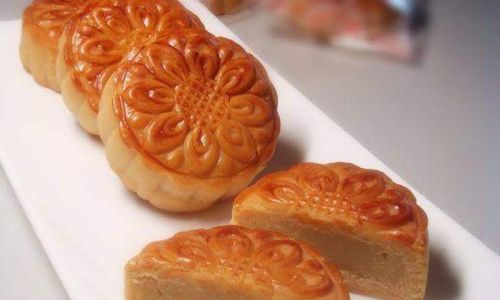
-
The Dough:
The dough, or skin, is a harmonious blend of golden syrup, alkaline water (枧水), flour, and oil. Golden syrup contributes caramelized sweetness and a golden hue, while alkaline water balances the pH, ensuring the dough remains tender during baking. The result is a supple, slightly chewy exterior that encases the lotus filling.
The Baking Process: A Delicate Dance
Baking mooncakes is not merely about setting a timer—it is an art form where temperature, timing, and observation converge. The goal is to achieve a golden-brown crust with a slightly firm exterior while preserving the filling’s velvety texture. Overbaking risks drying out the lotus paste, while underbaking leaves the dough pale and doughy.
Step 1: Preheating the Oven
Preheating is non-negotiable. Set your oven to 180°C–200°C (350°F–390°F). This range accommodates variations in oven types (conventional vs. convection) and mooncake sizes. A convection oven, with its fan-assisted airflow, may require a slightly lower temperature or shorter baking time.
Step 2: Initial Baking
Place the shaped mooncakes on a baking tray lined with parchment paper. Bake them for 5–7 minutes at the initial temperature. This brief stint serves a dual purpose:
- It firms the dough slightly, preventing the filling’s oils from seeping into the crust.
- It begins the caramelization process, creating a subtle golden base for the final color.
Step 3: Egg Washing
Remove the tray and gently brush the mooncakes with a thin layer of egg wash (a mixture of beaten egg yolk and water). This step imparts the signature glossy finish and deepens the color. Avoid over-brushing, as excess egg wash can pool in the dough’s patterns, obscuring intricate designs.
Step 4: Final Baking
Return the tray to the oven and reduce the temperature to 160°C–170°C (320°F–340°F). Bake for an additional 12–15 minutes. The lower temperature prevents the crust from burning while ensuring the filling reaches the ideal consistency.
Total Baking Time: 17–22 minutes
Variables Influencing Baking Time
While the above timelines provide a reliable guideline, several factors can alter the optimal baking duration:
-
Mooncake Size:
- Standard (50g–75g): 17–20 minutes.
- Larger (100g–150g): 20–22 minutes.
Smaller mooncakes cook faster due to their reduced volume, while larger ones require more time to ensure the filling heats evenly.
-
Oven Type:
- Conventional Ovens: Heat radiates from top and bottom elements, potentially creating hotspots. Rotate the tray halfway through baking.
- Convection Ovens: Circulating hot air reduces baking time by 2–3 minutes. Monitor closely to avoid over-browning.
-
Dough Thickness:
Thinner crusts (3–4mm) bake faster than thicker ones (5mm+). Adjust time accordingly to prevent burning. -
Altitude:
High-altitude baking (above 900 meters/3,000 feet) may require longer baking times due to lower air pressure, which affects heat transfer.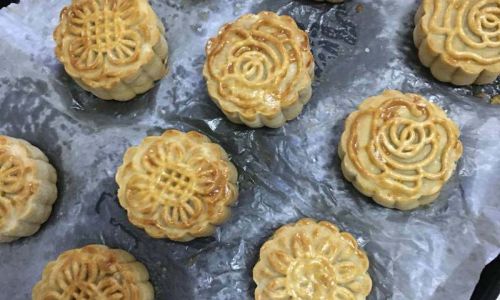
Signs of Doneness
Relying solely on time can be misleading. Use these visual and tactile cues to gauge readiness:
- Color: The crust should achieve a uniform golden-brown hue. Pale spots indicate underbaking; dark patches suggest overbaking.
- Texture: Gently press the mooncake’s surface. It should feel firm but not hard. A slight indentation should spring back slowly.
- Filling Consistency: Overbaked lotus paste may develop a greasy sheen or cracks. The ideal filling remains moist but holds its shape when sliced.
Common Pitfalls and Solutions
-
Cracked Crusts:
- Cause: Rapid temperature changes or excessive egg wash.
- Fix: Allow mooncakes to cool gradually after baking. Apply egg wash sparingly.
-
Soggy Bottoms:
- Cause: Insufficient preheating or low oven temperature.
- Fix: Ensure the oven is fully preheated. Use a pizza stone or baking steel to retain heat.
-
Uneven Baking:
- Cause: Oven hotspots or overcrowding the tray.
- Fix: Rotate the tray halfway. Bake in batches if necessary.
Post-Baking Care: The Resting Period
Freshly baked mooncakes are deceptively firm. Allow them to rest at room temperature for 6–8 hours (or overnight) before consuming. This resting period, known as “回油” (hui you, or “oil returning”), allows the crust to absorb moisture from the filling, softening into the signature tender texture. Avoid refrigeration during this phase, as it hardens the dough.
Storing and Serving
- Uncooked Dough: Wrap tightly and refrigerate for up to 3 days.
- Baked Mooncakes: Store in an airtight container at room temperature for 7–10 days. For longer shelf life, freeze for up to 3 months.
- Serving: Warm slightly in the oven or microwave (5–10 seconds) to reactivate the flavors.
The Cultural Significance of Precision
Beyond culinary technique, the act of baking mooncakes embodies cultural reverence. The Mid-Autumn Festival celebrates harvest, gratitude, and unity—values reflected in the mooncake’s round shape, symbolizing completeness. A perfectly baked pure lotus seed paste mooncake, with its golden exterior and silken heart, is more than a dessert; it is a testament to patience, tradition, and the pursuit of harmony.
Conclusion
Mastering the baking time for pure lotus seed paste mooncakes is a journey of observation and adaptation. While 17–22 minutes serves as a foundational guideline, the interplay of ingredients, equipment, and environmental factors demands vigilance. By understanding the science behind each stage—from preheating to resting—bakers can elevate this humble pastry into a culinary masterpiece. Whether shared under the autumn moon or savored in quiet moments, a well-baked mooncake bridges generations, preserving the essence of tradition in every golden bite.
Final Tip: Experimentation is key. Keep detailed notes on oven temperatures, baking times, and outcomes. Over time, you’ll develop an intuition for your kitchen’s unique quirks, turning each batch into a celebration of craftsmanship. Happy baking!
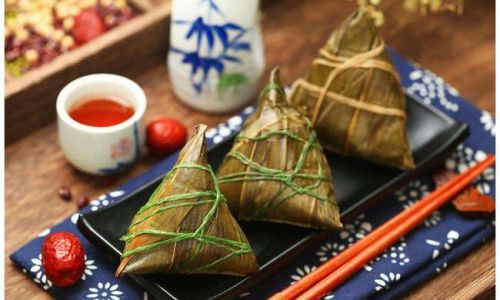
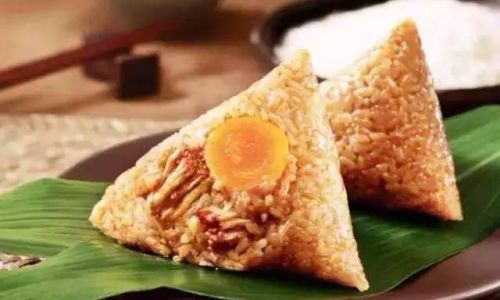
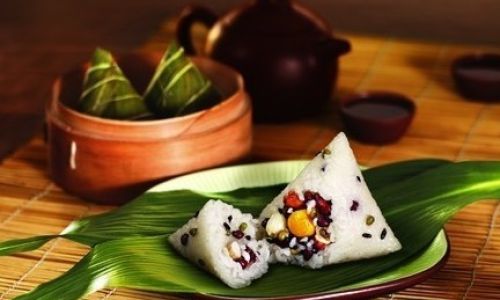
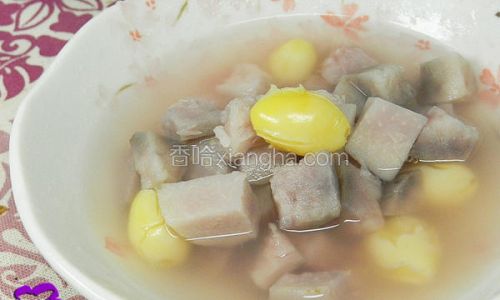
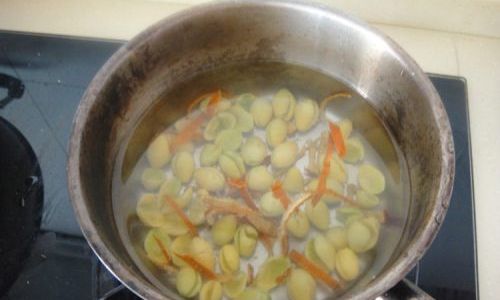

0 comments